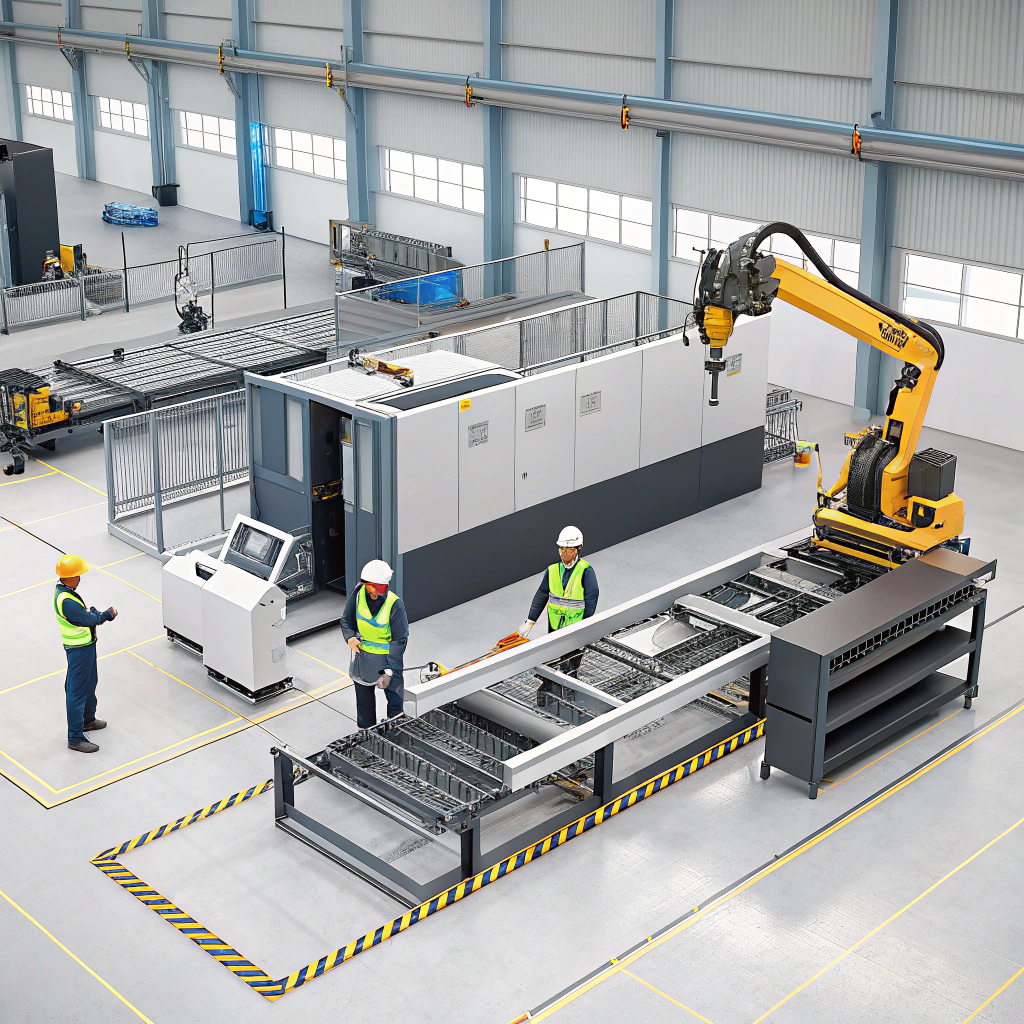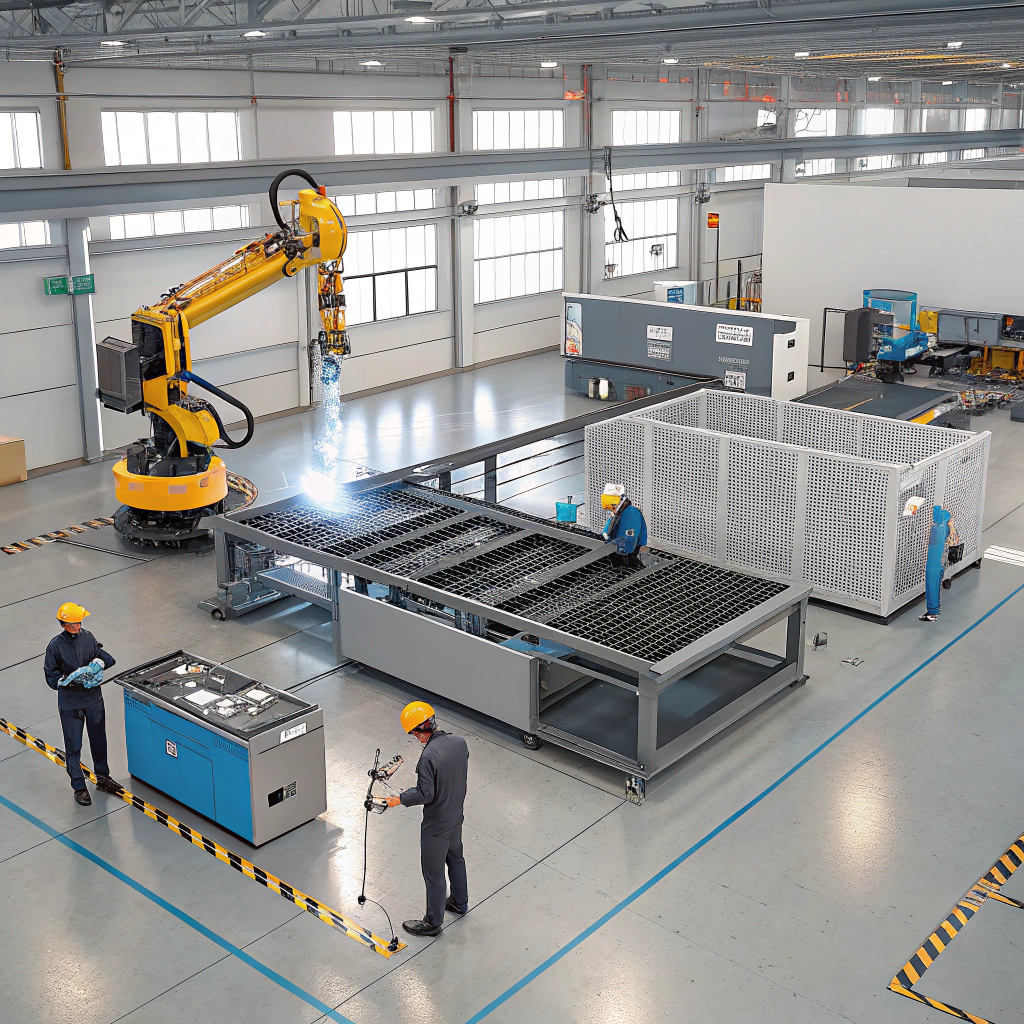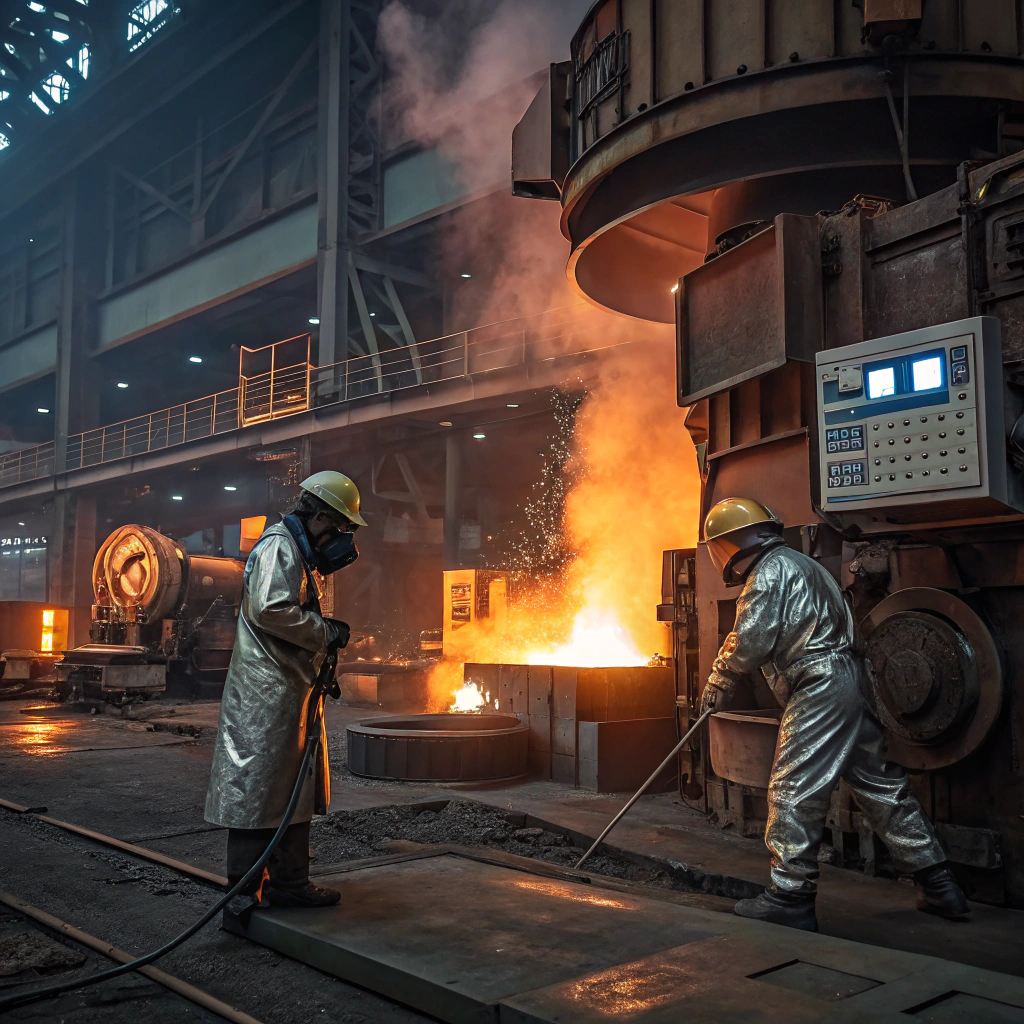
The process of making steel is complex and requires careful control of materials and temperature. I have spent years studying steel production and supply chain management, and I know how crucial each step is to the final product.
Steel production involves melting raw materials, refining the molten metal, and solidifying it into usable forms. The two main methods are the blast furnace-basic oxygen furnace (BF-BOF) method and the electric arc furnace (EAF) method, each suited for different needs.
Steelmaking is the backbone of modern industry. If you want to understand how it is made and what factors influence its quality, let’s explore the process in detail.
What is a steel fabrication company?
A steel fabrication company transforms raw steel into finished products through cutting, bending, welding, and assembling. These companies supply industries like construction, automotive, and aerospace.
Steel fabrication companies1 provide customized steel components, structures, and machinery parts using advanced machining and welding techniques. They play a key role in the supply chain for industrial and commercial applications.

Key Processes in Steel Fabrication
Steel fabrication involves multiple steps to achieve precision and durability. Below is a breakdown of the main processes:
| Process | Description |
|---|---|
| Cutting | Uses lasers, water jets, or plasma torches to cut steel into required shapes. |
| Bending | Applies force to reshape steel without breaking it, often using press brakes. |
| Welding | Joins metal pieces together using heat and filler materials. |
| Assembly | Combines different parts into a final product, ensuring strength and alignment. |
Fabrication companies must ensure that their processes meet high standards to produce strong and reliable steel components. Quality control is essential, as minor errors can lead to structural failures in large-scale projects.
Is steel easy to manufacture?
Steel manufacturing requires precision, expertise, and high temperatures. It is not an easy process because small variations in materials or heat can affect the final product’s properties.
Steel production is complex due to the need for high temperatures, controlled chemical composition, and precise manufacturing techniques. Mistakes can lead to defects, making quality control essential.

Challenges in Steel Manufacturing
Producing high-quality steel involves overcoming multiple challenges. Below are some key difficulties:
1. Raw Material Selection
The quality of raw materials like iron ore, coal, and scrap metal affects the strength and durability of steel. High-quality materials result in superior products.
2. Temperature Control
Steel production2 requires temperatures above 1,500°C (2,732°F). Maintaining the right heat levels ensures proper chemical reactions and prevents defects.
3. Impurity Removal
Unwanted elements like sulfur and phosphorus weaken steel. Advanced refining processes such as oxygen blowing and vacuum degassing are used to remove impurities.
The complexity of steel manufacturing means it is not easy to produce high-quality steel without strict control over every step. Factories need specialized equipment and experienced personnel to maintain consistency.
How much does it cost to build steel?
The cost of making steel depends on raw materials, energy consumption, and production methods. Prices fluctuate due to market demand and geopolitical factors.
Building steel involves costs for raw materials, energy, and labor. High-quality steel production requires advanced technology and strict quality control, increasing expenses.

Factors Affecting Steel Production Costs
| Factor | Impact on Cost |
|---|---|
| Raw Materials | The cost of iron ore, scrap metal, and coal influences overall expenses. |
| Energy Use | High temperatures require significant electricity or fuel, increasing costs. |
| Labor Costs | Skilled workers and automation investments affect production expenses. |
| Production Method | The BF-BOF method is more expensive than the EAF method due to its reliance on iron ore. |
1. Material Costs
Iron ore, coke, and scrap metal prices fluctuate based on market conditions. Rising material costs increase steel production expenses.
2. Energy Consumption
Steelmaking is energy-intensive, requiring large amounts of electricity or natural gas. Factories that use energy-efficient methods can reduce costs.
3. Manufacturing Technology
Using modern furnaces and automation reduces labor costs and improves efficiency, making steel production more cost-effective.
Steel production costs vary by location, production scale, and technological advancements. Understanding these factors helps manufacturers optimize their expenses while maintaining quality.
Conclusion
Steel production is a complex process involving raw material selection, precise temperature control, and refining techniques. While not easy to manufacture, technological advancements have made it more efficient. Costs depend on materials, energy, and labor, making efficient operations crucial for competitiveness.

